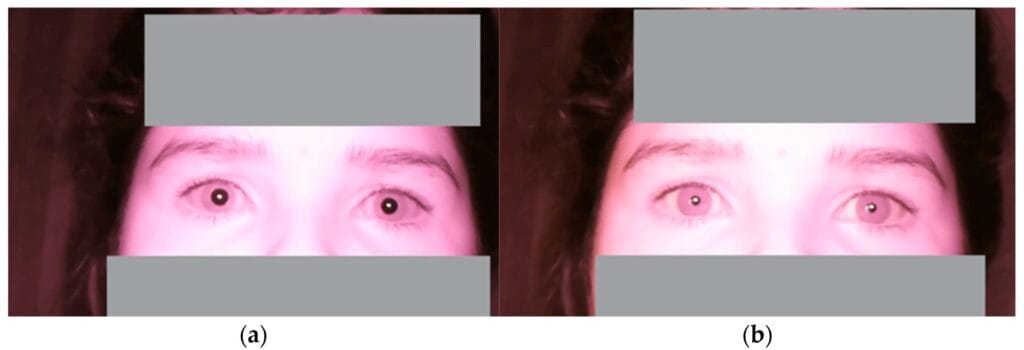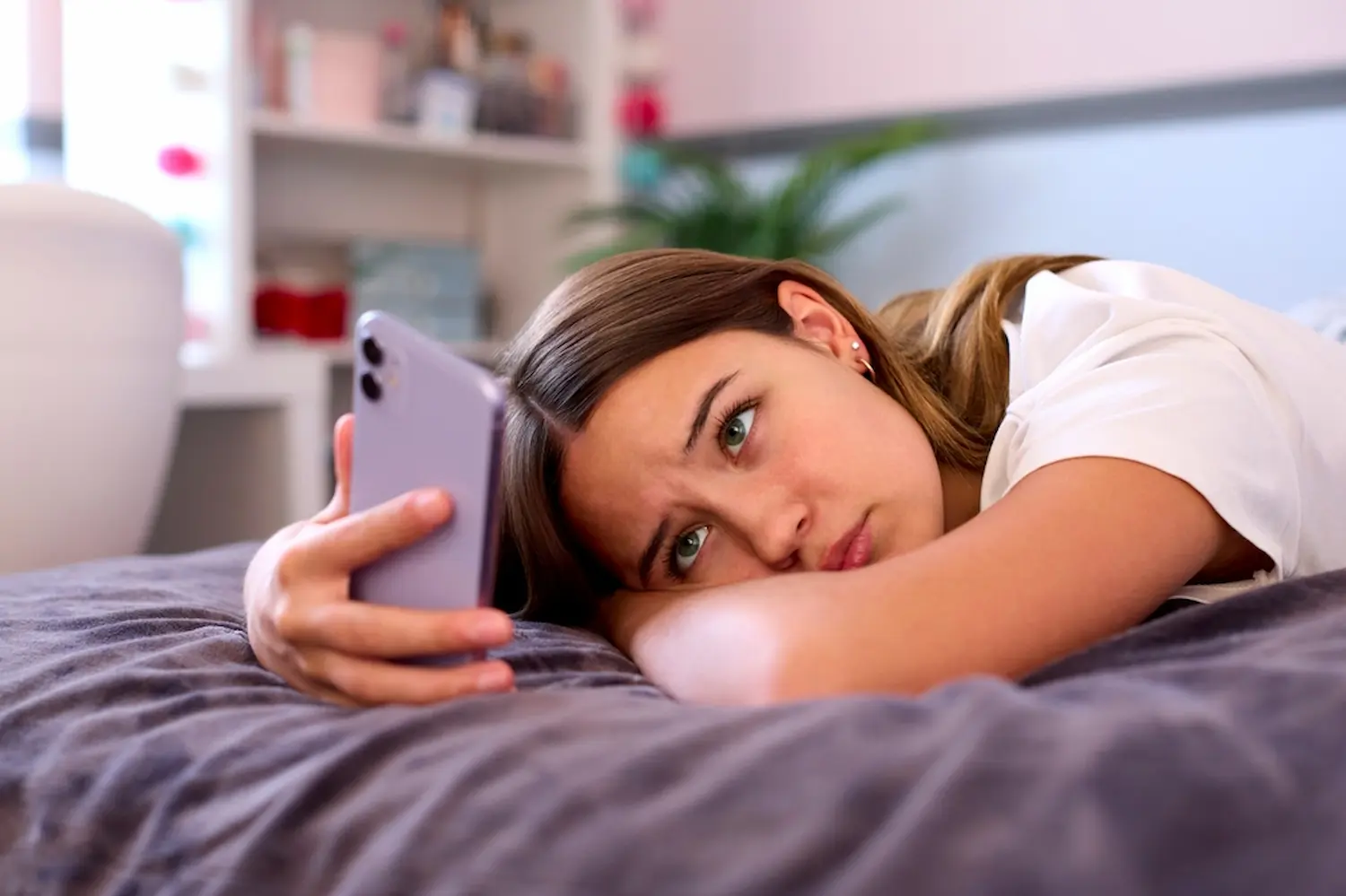In today’s world, smartphones are no longer just gadgets—they are lifelines. We wake up to their alarms, scroll through them for news, connect with loved ones, and unwind with videos or endless reels. Yet, behind the glow of our screens lies a silent cost: our eyes. A new study published in the Journal of Eye Movement Research has revealed that gazing at smartphone screens for even a single hour can cause measurable digital eye strain, and surprisingly, the type of content we consume matters just as much as how long we spend scrolling.
What Is Digital Eye Strain?
Digital eye strain—sometimes called computer vision syndrome—is a cluster of problems that arise from prolonged screen use. Symptoms can include blurred or double vision, headaches, difficulty focusing, dry or watery eyes, and general visual fatigue.
While we often blame long hours of work emails or binge-watching shows, this study shows that scrolling through social media may be even more harmful to our eyes than reading an e-book or watching a video.
How Scientists Measured Eye Fatigue
To investigate how everyday smartphone habits affect eye health, researchers studied 30 young adults in India, a country where smartphone use is particularly widespread. Using a portable eye-monitoring system built with a Raspberry Pi and an infrared camera, they tracked eye activity in real time.
The team measured blink rate, pupil diameter, and inter-blink intervals (the length of time between blinks)—all key markers of eye strain. Each participant was asked to spend one hour on a Realme 6 Pro smartphone doing three common activities: reading e-books, watching videos, and scrolling through social media reels.
Social Media Strains the Eyes the Most
The results were striking. While all forms of screen use led to eye strain, social media scrolling emerged as the most taxing activity. Unlike reading or watching a video, social media feeds present rapidly changing content, bright visuals, and shifting contrasts. These constant changes force the eyes to work harder to adjust, leading to greater pupil fluctuations and visual fatigue.

Even more concerning was the finding that blink rates dropped dramatically during smartphone use. Over the course of one hour, participants blinked 54–61% less often than normal. At the same time, the length of time between blinks increased by nearly 40%. This combination means that the eyes are left exposed for longer, reducing natural lubrication and increasing dryness, discomfort, and strain.
As the researchers explained, “The constant changes in content and brightness during social media browsing lead to more significant eye strain.”
Why This Study Stands Out
Previous studies on digital eye strain often measured only short bursts of screen time, typically three to fifteen minutes. But this new research took a closer look at realistic usage patterns, with longer sessions that more closely reflect how people use their phones daily.
One hour may sound short compared to the hours many people spend on their devices, but the fact that such measurable strain appeared so quickly is cause for concern. It suggests that the risk to eye health could be much greater for those who scroll for several hours each day.
Protecting Your Eyes in a Screen-Filled World
With around 90% of mobile phone users worldwide owning a smartphone, protecting eye health has become an urgent public health issue. Digital eye strain isn’t life-threatening, but over time it can reduce quality of life and, in some cases, contribute to more serious vision problems.
Simple strategies can help reduce strain:
- Take regular breaks using the 20-20-20 rule (every 20 minutes, look at something 20 feet away for at least 20 seconds).
- Blink consciously when scrolling or reading.
- Reduce screen brightness, especially in dimly lit rooms.
- Limit extended social media use on smartphones when possible.
The researchers believe their portable monitoring system could help track and manage eye strain more widely, offering a low-cost tool to raise awareness and encourage healthier screen habits.
A Wake-Up Call for the Digital Age
The findings serve as a reminder that while smartphones enrich our lives, they also demand care and balance. Just one hour of scrolling through reels or social feeds can leave the eyes fatigued, and for many people, that is just the beginning of their daily screen time.
As screens continue to dominate our work, education, and leisure, the need for conscious habits and protective measures has never been greater. Our vision is too precious to ignore—and sometimes, the simplest step is to put down the phone and let our eyes rest.
More information: Bhanu Priya Dandumahanti et al, Digital Eye Strain Monitoring for One-Hour Smartphone Engagement Through Eye Activity Measurement System, Journal of Eye Movement Research (2025). DOI: 10.3390/jemr18040034






